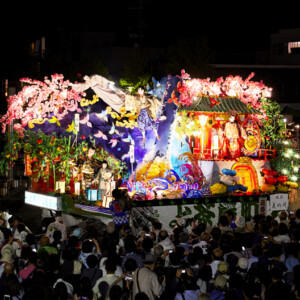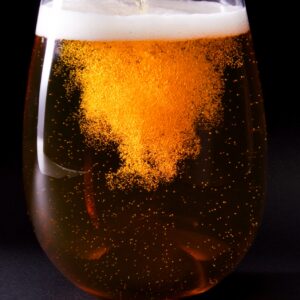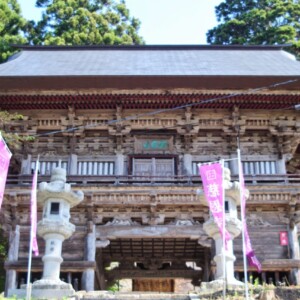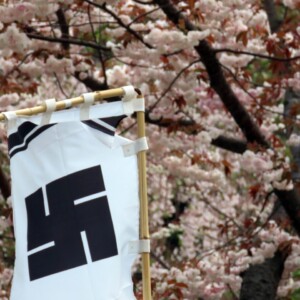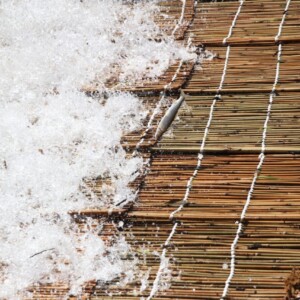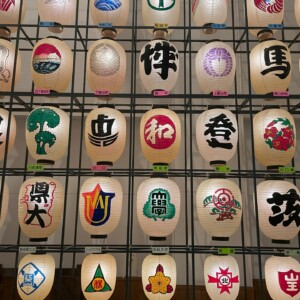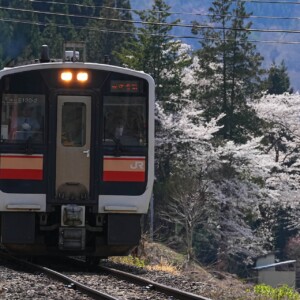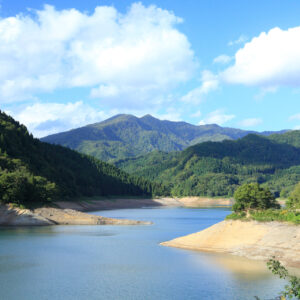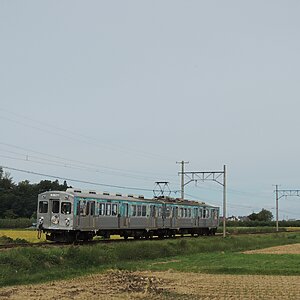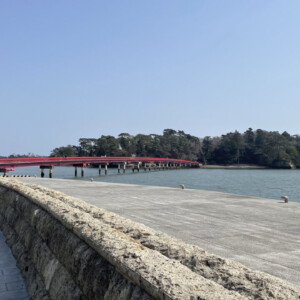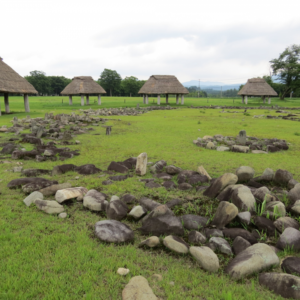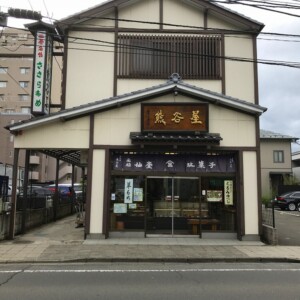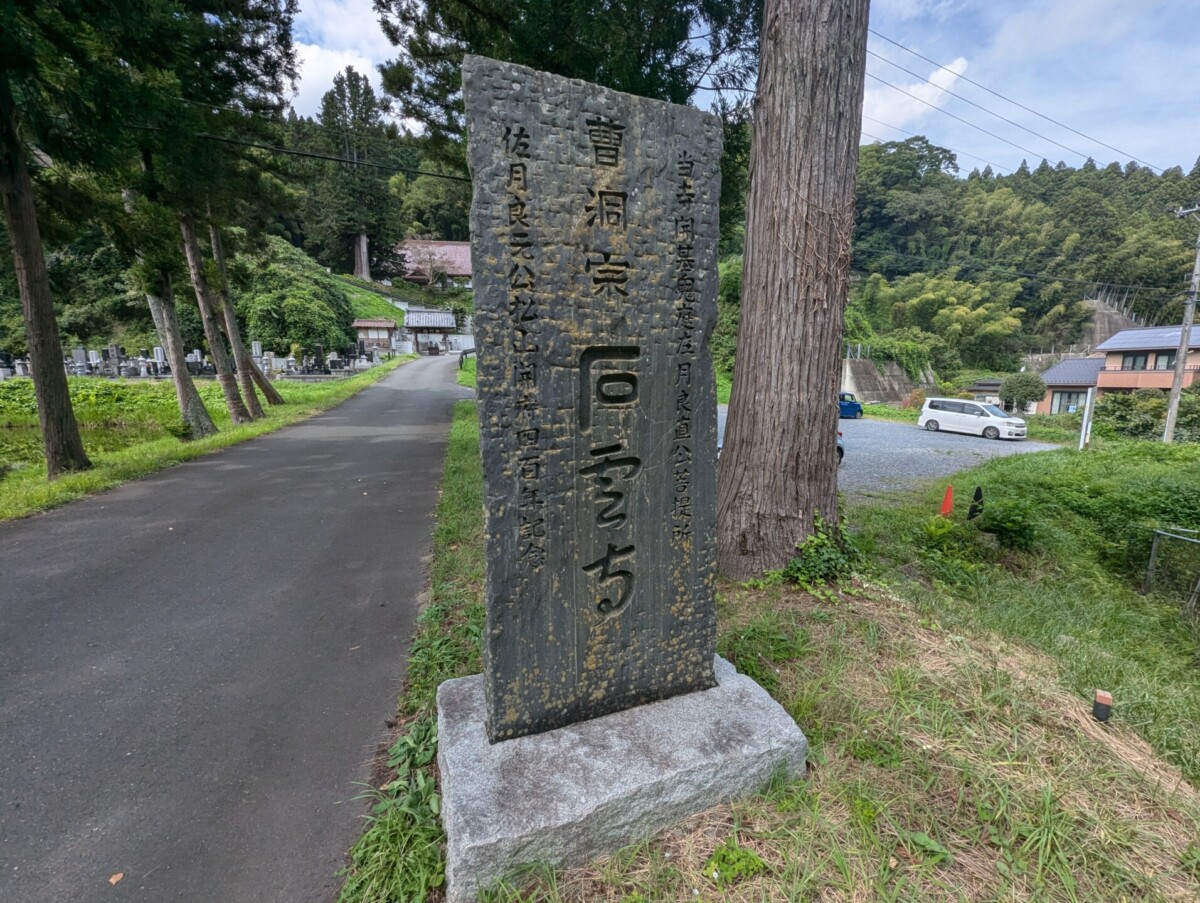
The moniwa family's sacred house at Ishiunji Temple, where the bloodline of the famous general known as the three Date Masters, Moniwa Tsunamoto, rests [Miyagi Prefecture]
table of contents
- 1 The lineage of the Oniwa (Moniwa) family, which served the Date family for generations.
- 2 The Matsuyama Shigeniwa clan began in the era of Tsunamoto's son, Yoshimoto.
- 3 Sekiunji, the family temple of the Moniwa family, built by Yoshinao (Sagetsai)
- 4 The graves of the 11th generation Yoshinao (Sagetsai) and the 12th generation Tsunamoto are in different locations.
- 5 summary
In Matsuyama, Osaki City, Miyagi Prefecture, there is a mausoleum of (Moniwa) family
It originates from the fact that this area has been ruled for generations since the time of Yoshimoto Tsunamoto Moniwa later called I tried searching.
The lineage of the Oniwa (Moniwa) family, which served the Date family for generations.
The Oniwa family is a descendant of the Saito clan of the Fujiwara Kitaie Toshihito line, and has been a vassal of the Date family for so long that there is a record that the Oniwa clan served as the vanguard in a battle fought by Munen Date, the 8th head of the Date family. did.
During the era of Yoshinao (Sagetsai), the 11th head of the Oniwa clan, he was granted the family status by Terumune Date (father of Date Masamune), the 16th head of the Date family, and established himself as a senior vassal of the Date clan. Yoshinao (Sagetsai) the Battle of Hitotori Bridge , when Date Masamune suffered a crushing defeat, and died in a fierce battle.
Afterwards, his son Tsunamoto, who took over as head of the Oniwa family, was appointed by Masamune to the post of magistrate. Tsunamoto, who mainly supported the Date family in terms of administration, later became known as Date Tatsumi
When Masamune's incitement to the Kasai-Osaki uprising was exposed, he went to Kyoto to make excuses to Hideyoshi Toyotomi, and from then on he was in charge of negotiations with Hideyoshi in Kyoto. Tsunamoto was liked by Hideyoshi and changed his name from Oniwa to Moniwa on Hideyoshi's order, saying, ``Having a demon in your garden is bad luck.'
However, this close relationship with Hideyoshi aroused suspicions from Masamune, and he was ordered to retire in 1595. Tsunamoto was enraged by this order and temporarily ran away from the Date family. It is said that he was invited by Tokugawa Ieyasu through Masanobu Honda, but after being pardoned two years after his escape and returning to the Date family, he was appointed to the role of evaluator, which his father Yoshinao held, until Masamune died. He served as the head of the administrative department of the Sendai domain until 1636.
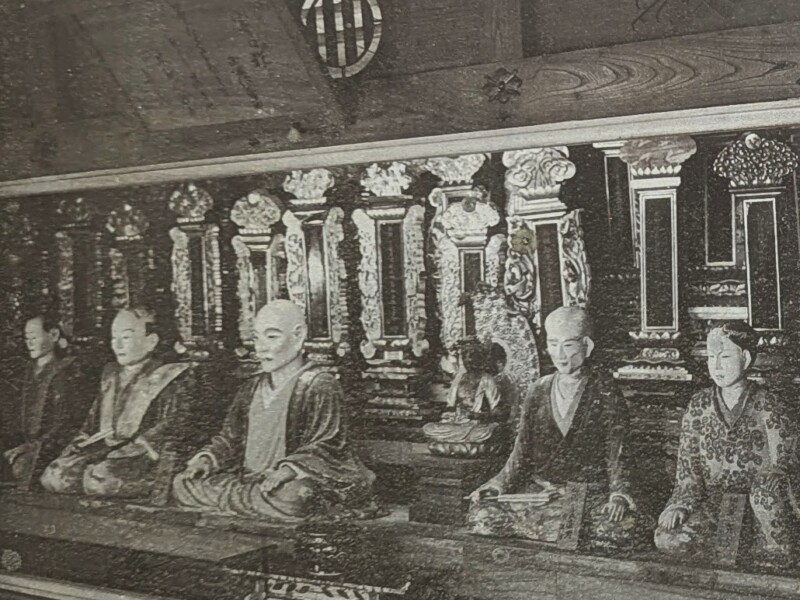
By the way, the Moniwa family is a long-lived family, and Tsunamoto lived until the age of 92. Tsunamoto's father, Yoshinao (Sagetsai), who lost his life in the Battle of Hitotori Bridge, was 73 years old when he passed away, but he seems to be among the young people in the Moniwa family.
Is Moniwa, Taihaku Ward, Sendai City related?
If you live in Sendai, you probably know that the place name "Moniwa" still exists in Sendai's Taihaku Ward. From its name, it seems to be related to the above-mentioned Mr. Moniwa, but based on the results, it seems to be a completely different lineage.
They are also vassals of the Sendai feudal lord, the Date clan, but the Moniwa clan descends from the Kawamura clan of the Hidego-ryu line of the Fujiwara Kita family, which was active in the Oshu War, a conflict between the Kamakura government and the Oshu Fujiwara clan.
He was given this land as a reward for the Battle of Oshu, established a residence in Moniwa, Natori District (currently Moniwa, Taihaku Ward, Sendai City, Miyagi Prefecture), and settled there, so it seems that he began to call himself the Moniwa clan from then on.
The Matsuyama Shigeniwa clan began in the era of Tsunamoto's son, Yoshimoto.
Due to Tsunamoto's retirement and the early death of his eldest son Yasumoto, his second son Yoshimoto, who inherited the headship of the Moniwa clan, received Matsuyama Castle in Shida District in 1603, and from then on the Moniwa clan held Matsuyama as their fief until the end of the Edo period.
The Moniwa clan eventually held 13,000 koku of land, and the only other clans in the Sendai domain who held ten thousand koku-class fiefs were the Shiraishi Katakura clan and the Matsuyama Moniwa clan.
However, since Yoshimoto's son Sadamoto and grandson Sagemoto were the central figures in the famous family riot as the Date Riots , they were kept away from the political center of the Sendai domain.
Sekiunji, the family temple of the Moniwa family, built by Yoshinao (Sagetsai)
Ryumonzan Sekiun-ji Temple, the family temple of the Moniwa family, was founded in 1571 by Yoshinao (Sagetsai), the 11th head of the family, in Kawai, Yonezawa City, Yamagata Prefecture.
After that, it is said to have moved repeatedly with the Moniwa family, first to Mt. Iwade when the Date family moved to Mt. Iwade, and then to Matsuyama in 1605 when the Moniwa family received Matsuyama Castle.
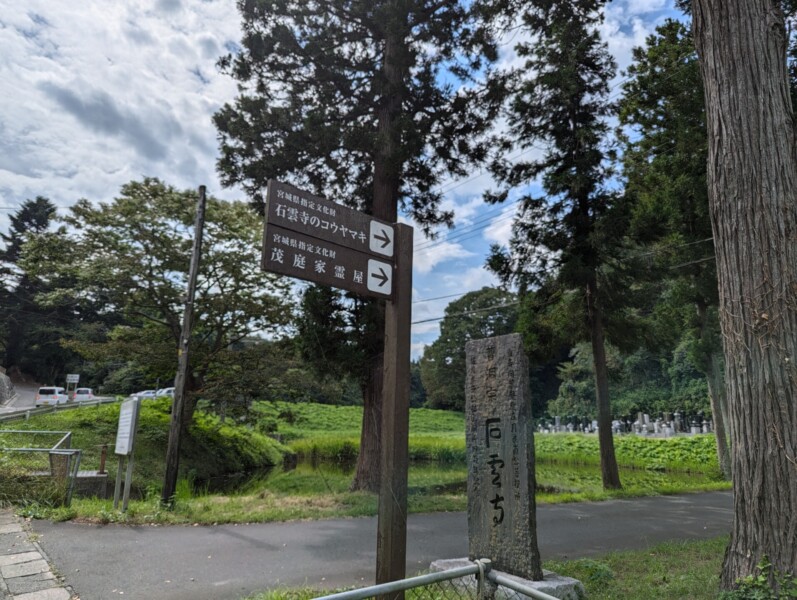
It is located south of the center of Matsuyama on Prefectural Route 242, at the southern end of Irimachi, where the footbridge mansions of the Moniwa clan once stood.
Sanmon, the oldest building at Sekiun-ji Temple
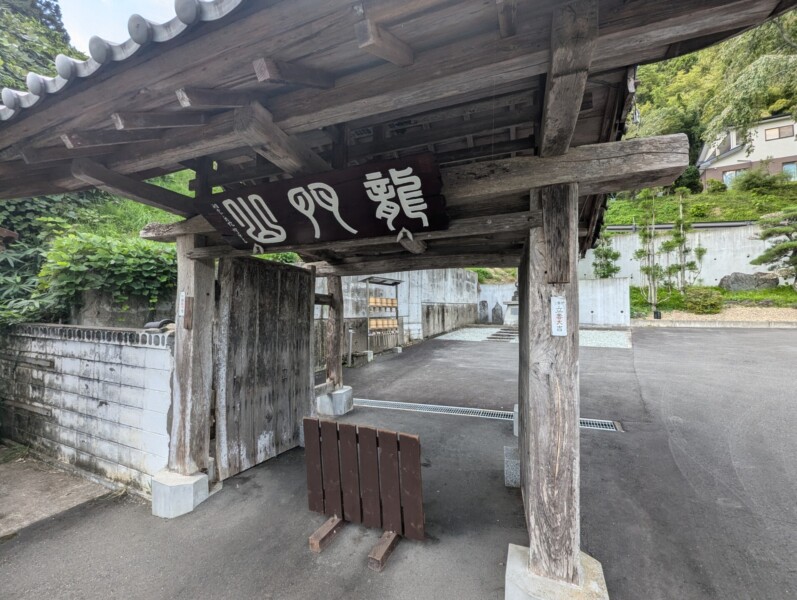
The Sanmon Gate is the oldest building within the grounds of Sekiun-ji Temple, and is said to have been built in 1663. There is a plaque with the name ``Ryumonzan'' in the form of a medicine gate, and it was designated as a cultural property by Osaki City in 1989.
Kouyamaki tree, designated as a natural monument by Miyagi Prefecture

The Kouyamaki that grows within the grounds of Sekiun-ji Temple is an old tree that is estimated to be over 300 years old, and was designated as a natural monument by Miyagi Prefecture in 1988.
Sekiunji main hall

The main hall of Sekiun-ji Temple. This main hall was built in 1861 at the end of the Edo period.
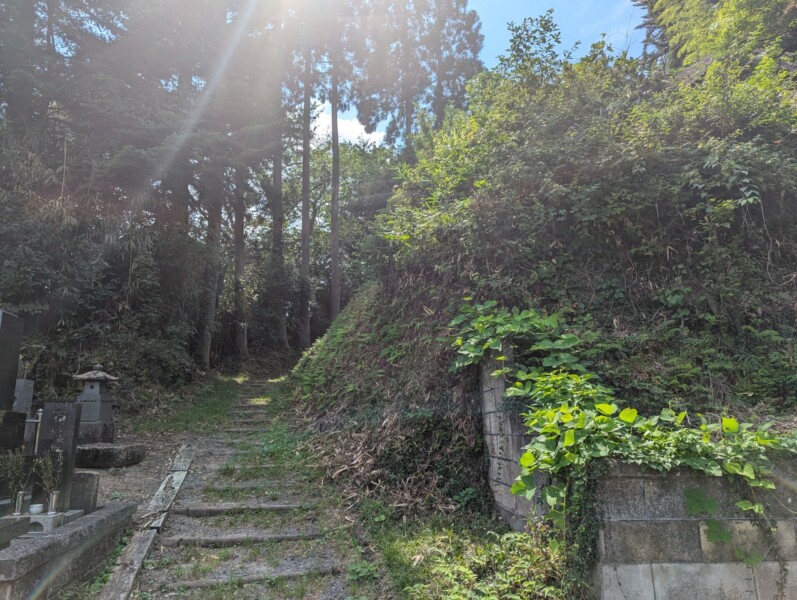
If you go back a little from the main hall to the Kouyamaki area and look at the other side, you will see a road that leads up the mountain. As you go up this road, you will find the ``Moniwa Family Mausoleum,'' and further up the mountain path, you will find the ``Grave Area of the Matsuyama Head of the Moniwa Family and His Wife.''
Moniwa family mausoleum
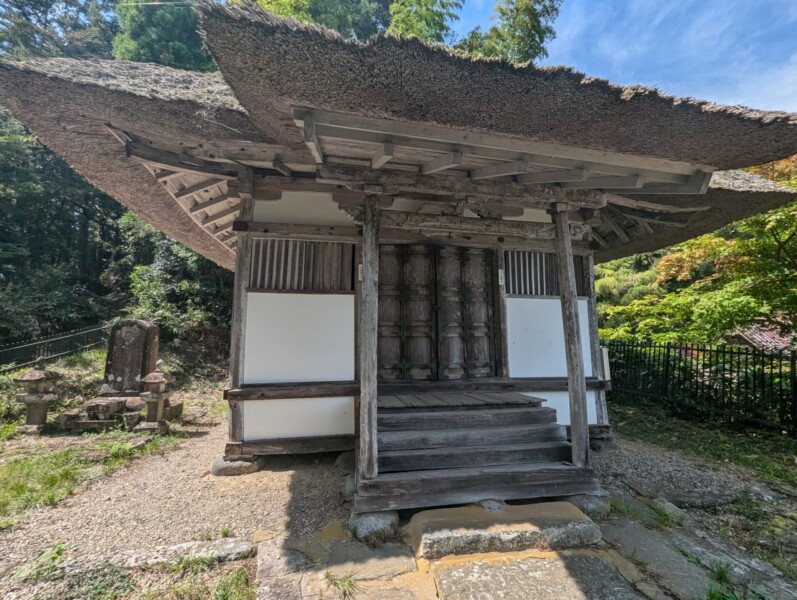
The mausoleum was originally called ``Mieido'' and was built in 1708 in the middle of the Edo period.
The ``Moniwa Family Mausoleum Seated Statue Group'' was designated as a tangible cultural property by Miyagi Prefecture in 1986 and is enshrined here, where the first generation of the Matsuyama Moniwa family, Yoshimoto, the second generation, Sadamoto, and the third generation, were enshrined. In 1973, it was designated as a tangible cultural property (sculpture) by Osaki City.
Inside, eight wooden painted seated statues and the memorial tablets of successive generations of the Date and Moniwa families are enshrined, and the opening of the mausoleum is held on January 16th and August 16th every year.
Grave area of the Matsuyama head of the Moniwa family and his wife
The graves of successive feudal lords and their wives from the fourth generation onwards are located further up the mountain from the mausoleum.
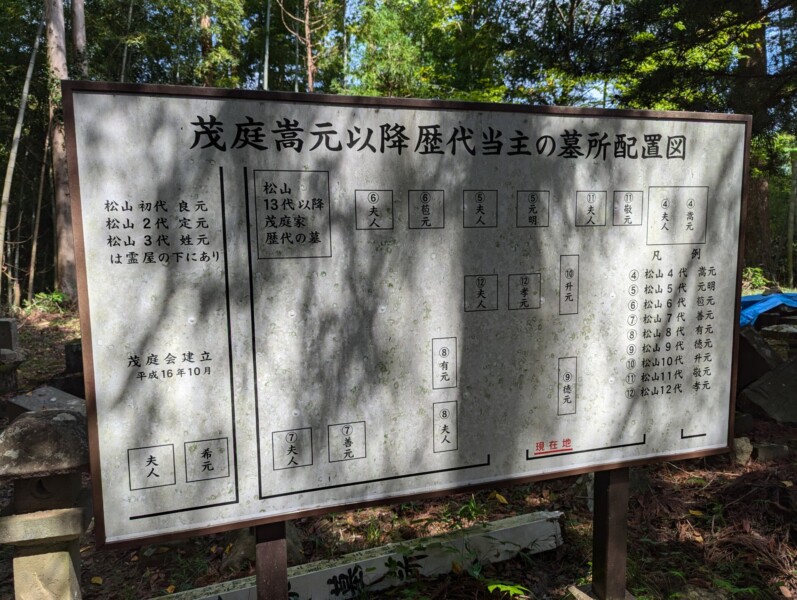
This area was designated as a designated historic site by Osaki City in 2004 as the "grave area of the Matsuyama head of the Moniwa family and his wife."
Sekiunji Temple<Information>
- Name: Ryumonsan Sekiunji Temple
- Address: 91 Sengokudaikeyaki, Matsuyama, Osaki City, Miyagi Prefecture 987-1304
- Phone number: 0229-55-3447
- Official URL: Miyagi Prefecture Official Website – Moniwa Family Mausoleum
Google Map
The graves of the 11th generation Yoshinao (Sagetsai) and the 12th generation Tsunamoto are in different locations.
The graves of the 11th generation Yoshinao (Sagetsai), who achieved the status of a senior vassal of the Date clan, and the 12th generation Tsunamoto, known as one of the three great Date clans, are located in different locations.
The grave of the 11th generation Yoshinao (Sagetsai)
The grave of Yoshinao (Sagetsai) is located at his final location, the Hitotori Bridge Battlefield Ruins (currently Motomiya City, Fukushima Prefecture). In 1828, descendants of the Moniwa clan erected a tombstone for Yoshinao (Sagetsai) at the place where war dead were buried, called Koushidan.
Hitotori Bridge Old Battlefield <Information>
- Name: Hitatoribashi Battlefield Ruins
- Address: Aota Moniwa, Motomiya City, Fukushima Prefecture 969-1107
- Phone number: -
- Official URL: -
Google Map
Grave of the 12th Tsunamoto
Tsunamoto's grave is located in the area of Moji (currently Kurikoma Moji, Kurihara City, Miyagi Prefecture) where he moved after his retirement, and a stone Buddha carved by himself stands as a grave marker in the precincts of Tosen-in Temple, which he founded.
Moniwa Tsunamoto’s grave<Information>
- Name: Moniba Tsunamoto's grave
- Address: Kurikoma Monji Atagoshita, Kurihara City, Miyagi Prefecture 989-5361
- Phone number: -
- Official URL: -
Google Map
summary
When you look into the history of the Date family, you almost always come across the name Oniwa (Moniwa). Through this interview, I was able to learn for the first time that I have a connection to Matsuyama.
The graves of major figures are scattered in far-flung locations, making it difficult to see them all at once, but why not stop by when you're in the area?


![Scary and slightly sad stories... "Michinoku Otogi Kaido" with many stories left behind [Shichigasyu-cho, Shiraishi City, Miyagi Prefecture] Fairytale images](https://jp.neft.asia/wp-content/uploads/2023/04/be73b392233d2fe609797e999f8ca547-1-150x150.jpg)
![Kurikoma foot Geopark learned from large-scale landslide disasters [Miyagi Prefecture] Autumn leaves of Mt. Kurikoma](https://jp.neft.asia/wp-content/uploads/2023/08/22090138_m-150x150.jpg)
![Demon's Jigokudani Promenade! The geyser of the steam is truly a hellish sight! ? [Miyagi Prefecture] 5148713_m](https://jp.neft.asia/wp-content/uploads/2023/08/5148713_m-150x150.jpg)
![The timber rocks in Shiraishi Obara are natural phenomena, and are spectacular spots with columnar joints! [Miyagi Prefecture] FE8E1C5D-891F-4A2B-B0BB-BB4536BF6858_105_c](https://jp.neft.asia/wp-content/uploads/2023/07/FE8E1C5D-891F-4A2B-B0BB-BB4536BF6858_1_105_c-150x150.jpeg)
![[Miyagi Prefecture] Remember the Miyagi dialect! “So,” “suddenly,” “good morning socks”? good morning socks](https://jp.neft.asia/wp-content/uploads/2023/09/fashion_kutsushita_ana-150x150.jpg)
![The place you should not come and the phantom checkpoint "Nakura no Seki" written in waka poetry [Fukushima Prefecture] 0438-016](https://jp.neft.asia/wp-content/uploads/2022/11/0438-016-150x150.jpg)
![[Tohoku] Where should we go during Golden Week in 2023? How about visiting zoos and aquariums in Tohoku? 26245129_m](https://jp.neft.asia/wp-content/uploads/2023/04/26245129_m-150x150.jpg)
![[Serialization: Following the narrow path in the back part 2] After arriving in Miyagi Prefecture, Basho and Sora aim for Sendai, the capital of forests. Oku no Hosomichi 2](https://jp.neft.asia/wp-content/uploads/2023/09/f05201ee29d975b84ec437a8b76f2b98-150x150.jpg)
